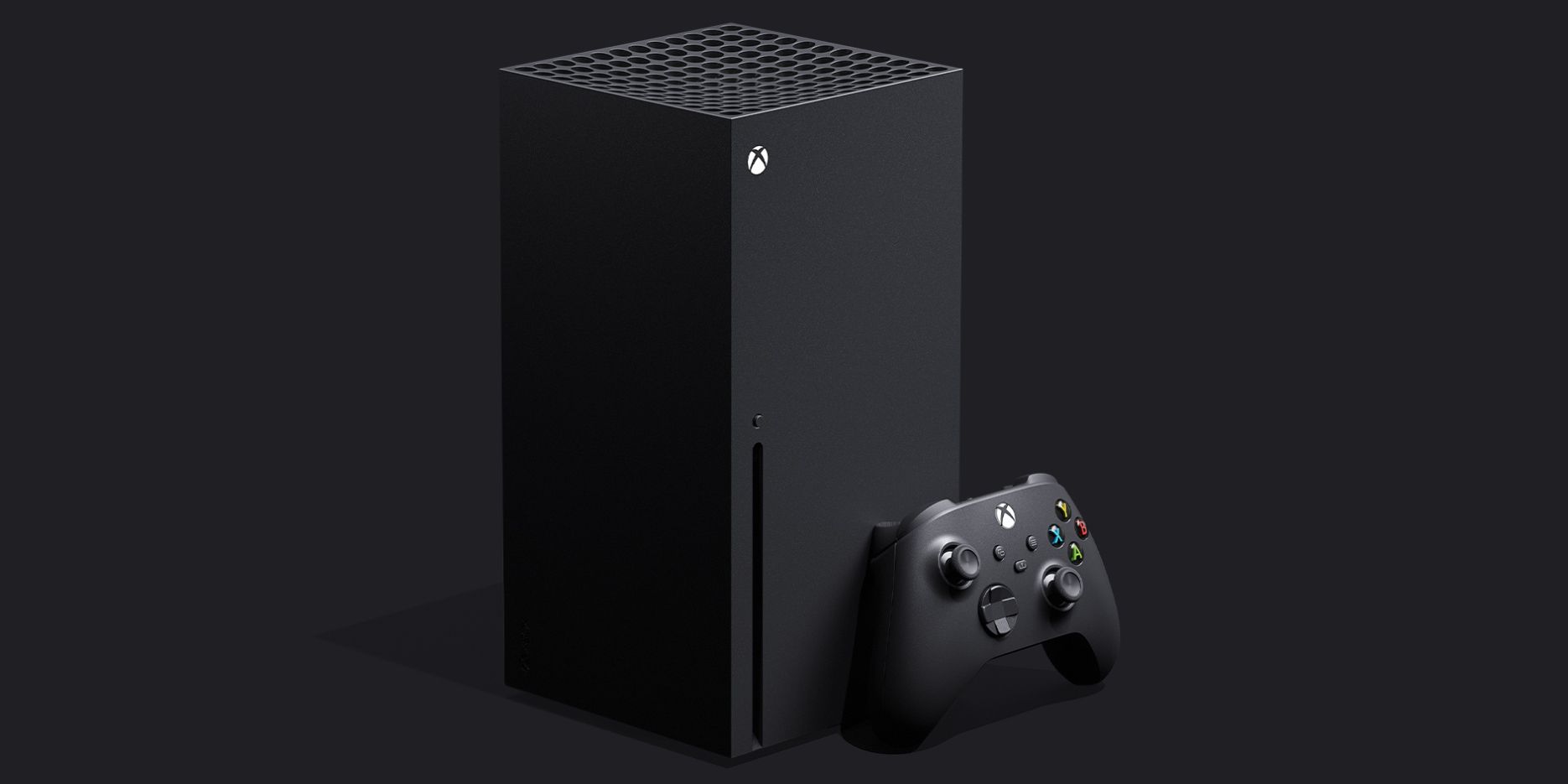Whenever a new console or piece of tech is announced in gaming, there are a lot of technical terms that get thrown around with little to no explanation of what they actually mean.
Chief among those in recent years is Teraflops, a term that continuously appears, trying to highlight the power of new consoles, like the Xbox One X and now the Xbox Series X. But the question is, what actually are Teraflops?
The answer can get a bit technical, but there are still some basics to understand. It’s also important to understand the implications this technical term has for next-gen, as it’s something consumers will hear more and more of.
Click the button below to start this article in quick view.
Floating Point Operations and What Teraflops Measure
In simple terms, Teraflops, or TFLOPS, are mathematical equations that measure computing power. FLOPS stands for Floating-Point Operations Per Second. Floating Point Operations are the calculations a computer needs to do during a certain task, like drawing polygons for graphics. FLOPS corresponds to the number of calculations involving floating-point numbers a computer can do in a second, and as you might expect a higher number of FLOPS means more computing power.
Just like other units of measurement, such as bytes for information, flops have multiple units; kiloFLOPS, megaFLOPS, gigaFLOPS, teraFLOPS, etc. So with that, a Teraflop means one trillion calculations per second. Keep in mind this is different from something like GHz (Gigahertz), which measures a processor’s clock speed. Instead, FLOPS is more about the calculations that a processor can handle. Obviously, that all still sounds a bit complex, but just keep in mind that Teraflops corresponds to the computing power of a computer or system, but it doesn’t necessarily mean that something is going to be all-powerful.
What Do Teraflops Mean For Next-Gen?
In the most basic sense, yes, higher Teraflops do mean that games on next-gen consoles will have better graphics and performance, but it doesn’t guarantee it. Microsoft announced that the Xbox Series X has 12 Teraflops, double the six that the Xbox One X has. By comparison, the original Xbox One had 1.3 Teraflops, while the PS4 Pro has 4.2. That doesn’t mean the Series X is necessarily twice as powerful, though, as more factors go into it. The system’s core speed and processer build will also factor into everything.
In short, Teraflops isn’t something consumers will need to think about when jumping to next-gen consoles. Yes, it’s a sizable improvement, but it’s not an ultimate measurement of a new system. Companies like to throw around Teraflops as a term, but consumers don’t need to think about the specification. Higher Teraflops will help next-gen games as they try to use complex systems like Ray Tracing, and the numbers do indeed show that the Xbox Series X, and most likely the PS5, will be quite a bit more powerful than the current-gen systems.
There are a lot of factors going into the Xbox Series X and PS5, and Teraflops is just a small piece of the overall puzzle.
